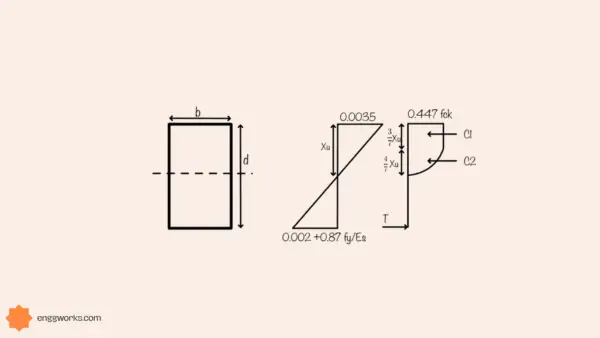Design of Columns using Working Stress and Limit State Methods
Design of columns necessitates the calculation of loads from the entire structure that are going to be transferred to the footing or to the soil surface. It stands as a critical component in ensuring the structural integrity and stability of buildings, bridges, and other infrastructure. As the backbone of any construction project, columns play a pivotal…






